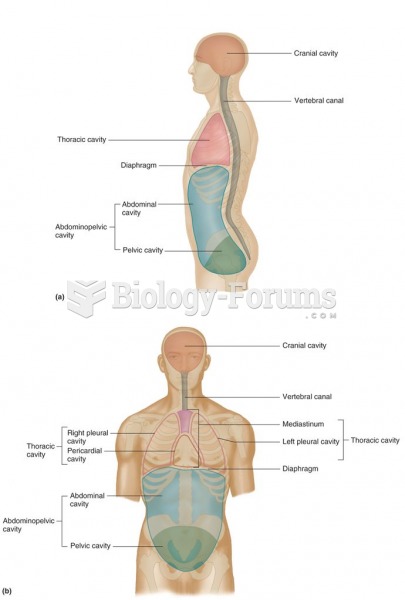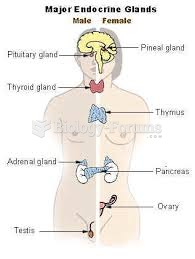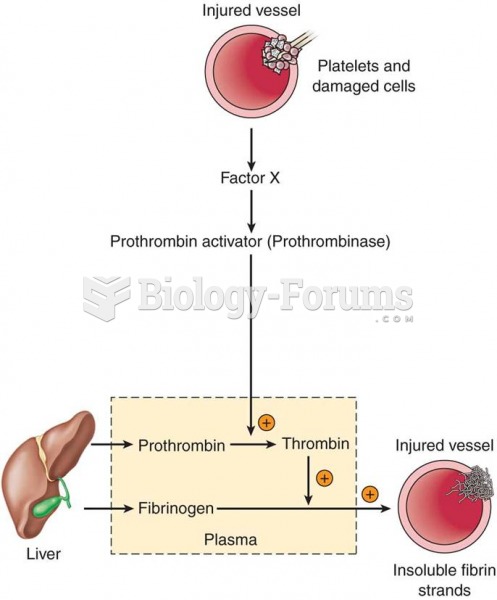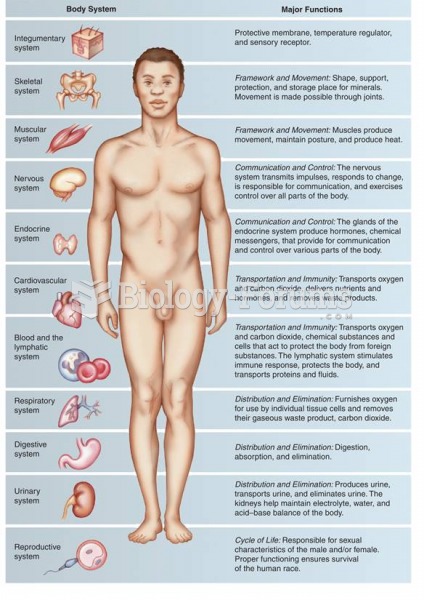Answer to Question 1
The art of the early twentieth century came to challenge all that preceded it. Liberated by the camera from the necessity of imitating nature, avant-gardeartists no longer needed to faithfully recreate the visible world. They pioneered an authentic, stripped down style that, much like imagist poetry, evoked rather than described experience. They pursued the intrinsic qualities and essential meanings of their subject matter to arrive at a concentrated emotional experience. Abstractionone of the central tenets of modernismpromised to purify nature so as to come closer to its true reality.
Cubism was a bold and distinctive formal language that came to dramatically challenge the principles of Renaissance painting. In the cubist canvas, the recognizable world of the senses disappears beneath a scaffold of semitransparent planes and short, angular lines; ordinary objects are made to look as if they have exploded and been reassembled somewhat arbitrarily in geometric bits and pieces that rest on the surface of the picture plane. A multiplicity of viewpoints replaced one-point perspective.
Intrigued by the dynamism of modern technology, the avant-garde movement known as futurism emerged in Italy. Originally a literary movement, it soon came to embrace all the arts, including architecture, poetry, music, and film. Futurism was a style that linked contemporary expression to industry, technology, and urban life, emphasizing the sensation of motion and the speed and dynamism of automobiles, trains, and airplanes.
The fauvists, led by Henri Matisse, made color the principal feature of their canvases. In contrast to the postimpressionists, who had used color to evoke a mood or a symbolic image, the fauvists were concerned with color only as it served pictorial structure; their style featured bold spontaneity and the direct and instinctive application of pigment.
The process of abstraction culminated in nonobjective art, which sought to purge art of all recognizable subject matter. Wassily Kandinsky, Kasimir Malevich, and Piet Mondrian worked to create works whose purity would offer a spiritual remedy for the soullessness of modern life.
Architecture, too, responded to the new advancements in technology and science. Architects at the Bauhaus school united the technology of the machine age with the purest principles of functional design. Bauhaus architects launched the International stylein architecture, which brought to the marriage of structural steel, ferroconcrete, and sheet glass a formal precision and geometric austerity resembling a Mondrian painting. This fusion of functional space and minimal structure produced a purist style that paralleled the abstract trends in poetry, painting, and sculpture discussed earlier in this chapter.
Answer to Question 2
The imagists were the leaders in the search for a more concentrated style of expression. A group of poets, the imagists were English-language writers who sought to carve away all extraneous matter in a process of abstraction that aimed to arrive at an intrinsic or essential form. Verbal compression, formal precision, and economy of expression were the goals of the imagists. Renouncing traditional verse forms, fixed meter, and rhythm, their style of free verse became notorious for its abrupt and discontinuous juxtaposition of images.
Ezra Pound, a leading imagist, outlined the cardinal points of the imagist doctrine: poets should use absolutely no word that does not contribute to the presentation; and they should employ free verse rhythms in sequence of the musical phrase. Ultimately, Pound summoned his contemporaries to cast aside traditional modes of Western verse-making and make it new. The imagist search for an abstract language of expression stood at the beginning of the Modernist revolution in poetry. It also opened the door to a more concealed and elusive style of poetry, one that drew freely on the cornucopia of world literature and history.







